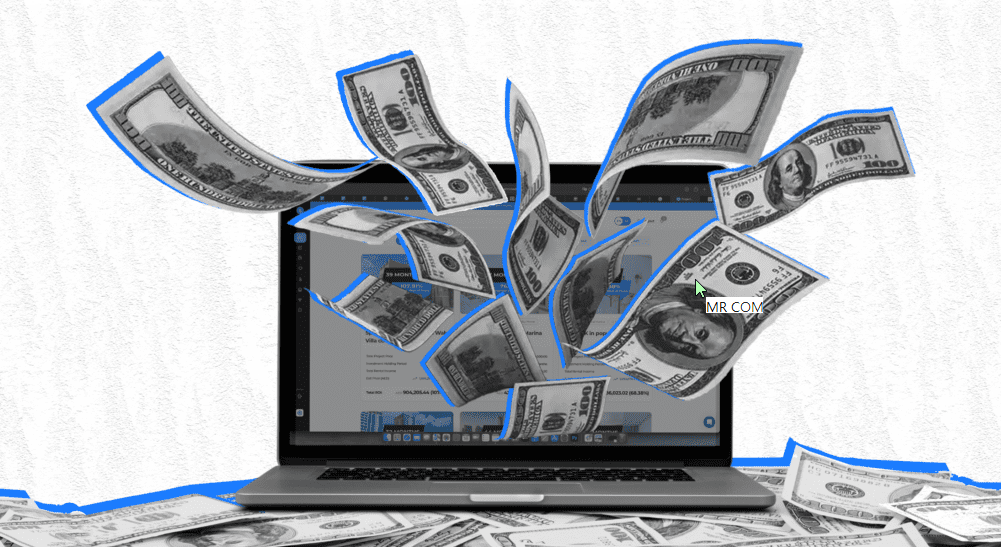What is Software?
At its core, software consists of written code that is executed by a computer. It serves as the intermediary between the user and the hardware, translating user commands into machine actions.
Software can be divided into two types:
System Software: This type includes the operating systems (like Windows, macOS, and Linux), which manage the hardware of the computer and provide the necessary environment for running other programs.
System software also includes utility programs that help maintain and optimize a computer system, such as antivirus software and file management tools.
Application Software:
Application software, or apps, perform specific work for the user. Examples include word processors (Microsoft Word), web browsers (Google Chrome), and media players (VLC). These programs are helpful to complete specific activities, such as creating documents, browsing the internet, or watching videos.
Types of Software
While system and application software are the main categories, there are also specialized forms of software that serve distinct functions:
Development Software: This encompasses tools like programming languages (Java, Python, C++) and integrated development environments (IDEs) that software developers use to create, test, and debug software. Without development software, no new applications or systems would be possible.
Firmware: Firmware is a type of software that is implanted into hardware devices. It provides low-level control over the device’s hardware and ensures its proper functioning. Examples include the software inside printers, routers, or smart TVs.
Middleware: Middleware is software that connects different applications or services within a system, facilitating communication between them. It often acts as a bridge between databases, servers, and user interfaces in complex systems.
The Role of Software in Modern Technology
Software plays a central role in almost every aspect of modern life, from entertainment to business operations. The widespread adoption of software has dramatically transformed industries, reshaping how we interact with the world around us.
Communication and Social Interaction: Social media platforms like Facebook, Twitter, and Instagram are all powered by software, allowing users to connect and share information across the globe. Additionally, messaging apps like WhatsApp and Slack enable real-time communication in both personal and professional settings.
Business Operations: Software enables businesses to manage operations, finances, human resources, and customer relationships through enterprise software solutions. Applications like Enterprise Resource Planning (ERP) systems, Customer Relationship Management (CRM) tools, and accounting software help businesses streamline operations and improve efficiency.
Education and Learning: Educational software has revolutionized the learning experience, with e-learning platforms, interactive simulations, and virtual classrooms making education more accessible. Programs like learning management systems (LMS) help institutions manage content and track student progress.
Entertainment and Gaming: The entertainment industry is largely driven by software. From music streaming platforms like Spotify to video games powered by complex graphics and artificial intelligence, software is at the heart of the entertainment sector. Streaming services like Netflix rely on sophisticated software systems to deliver content to millions of users worldwide.
The Evolution of Software
The history of software development came first to the mid-20th century. Early software was designed to run on vacuum tube computers and was often custom-written for each machine. These programs were basic by today’s standards and were mainly used for scientific and military purposes.
As computing technology advanced, so did software. The development of high-level programming languages in the 1950s and 1960s, such as Fortran and COBOL, enabled developers to write more advanced and easily carried software.
In the 1970s and 1980s, the rise of personal computers brought software development to a wider audience, leading to the creation of popular applications like word processors and spreadsheets.
In the 1990s and early 2000s, there was the rise of the internet and the introduction of web-based applications. As the internet evolved, so did software. Today, software is increasingly cloud-based, offering users access to programs through browsers and apps on various devices.
The Future of Software
As technology continues to develop, so too will software. Key trends that create the future of software development include:
Artificial Intelligence (AI) and Machine Learning (ML):
AI and ML are driving advancements in software by enabling machines to learn from data and perform tasks that were previously thought to require human intelligence. From free independent vehicles to prognostic analytics, these technologies are transforming industries.
Blockchain Technology:
Blockchain has the potential to revolutionize how data is stored and shared, particularly in areas like finance and supply chain management. Software solutions leveraging blockchain technology are being developed for secure transactions, decentralized apps, and smart contracts.
Edge Computing:
As the demand for real-time data processing grows, edge computing—where data is processed closer to the source rather than in a centralized cloud—becomes more important. Software will need to adapt to handle data processing at the “edge” of the network, particularly in IoT (Internet of Things) applications.
Quantum Computing:
Quantum computers, which use quantum mechanics to process information at incredibly high speeds, promise to open new possibilities in fields like cryptography, drug discovery, and complex simulations. Software will need to evolve to support quantum computing environments.
Conclusion
Software is the pillar of modern technology, permitting everything from communication to entertainment, education, and business operations. As technology continues to advance, software will continue to evolve, becoming smarter, faster, and more integrated into our daily lives.
With emerging trends like AI, blockchain, and quantum computing, the future of software looks incredibly exciting, with limitless possibilities on the horizon.

